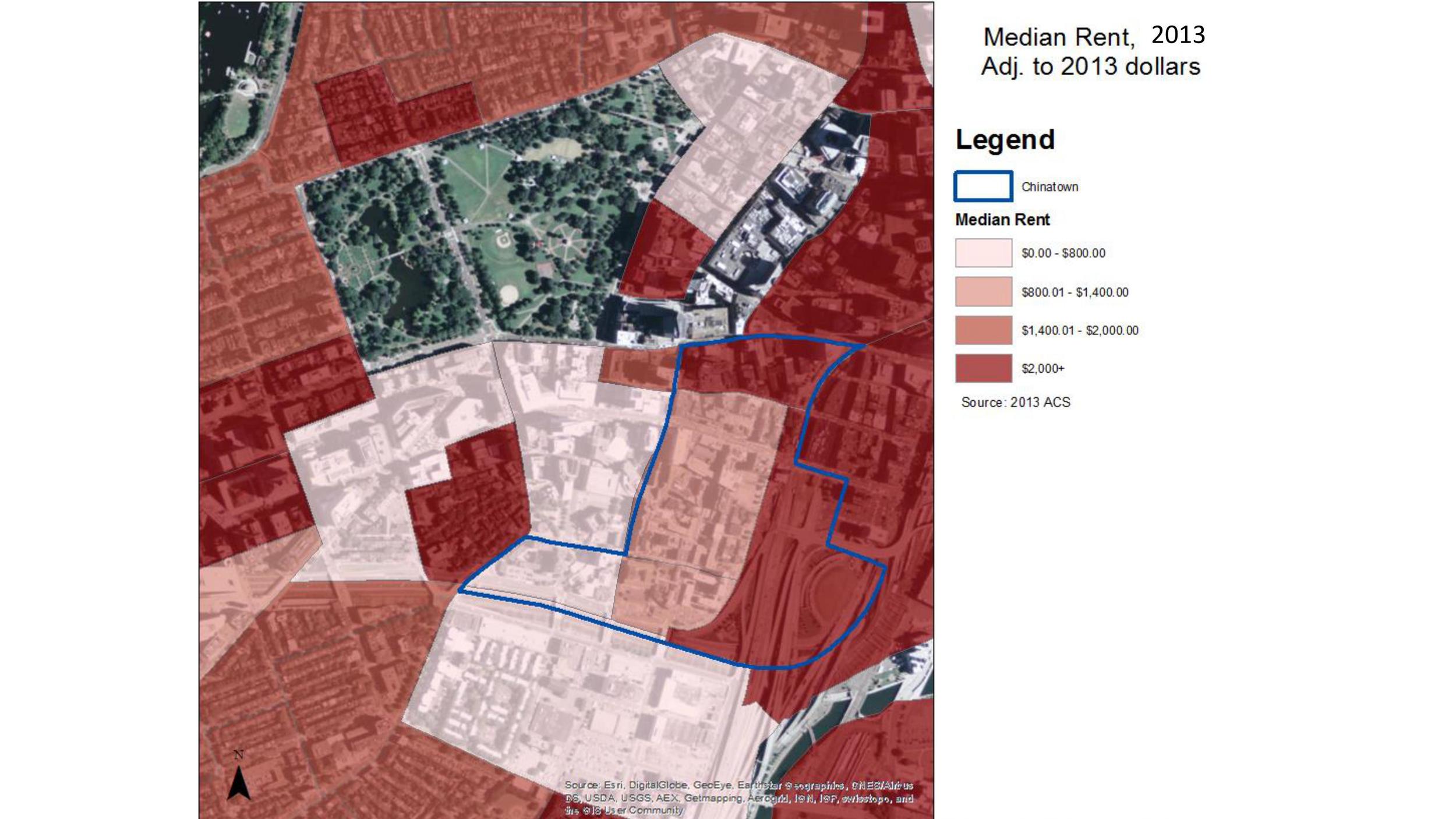Responding to Displacement: Strategies, Methods, Tools, Outcomes
Department of Urban Studies and Planning MIT, Cambridge MA
Collaborator, Fall 2015
Instructor: Miloon Kothari (Former United Nations Special Rappoteur)
The course used the case study of Chinatown, Boston to explore the drivers, impacts and outcomes of gentrification and dislocation. The curriculum was based on the international human rights framework and guided by global standards that have emerged from the United Nations such as the Basic Principles and Guidelines on Development-based Evictions and Displacement. We used illustrations of impact assessment tools, mapping strategies, case law, policy responses and mobilisation methods being employed by independent institutions, the United Nations, civil society, academics from various disciplines and government bodies. Students generated two sets of maps to understand underlying processes and outcomes of the gentrification in Chinatown: first series maps explored the physical, social, economic and demographic changes in the neighborhood by using available data sources such as US Census records, American Community Survey, Boston Master Plans, satellite images, cadastral maps and historic maps. The second group of maps illustrated the eviction sites, community asset lost, forced mobility patterns and new developments in the area over the last 15 years. By superimposing different maps and diagrammatic readings of the urban fabric, we conducted quantitative and qualitative analysis of the impact and outcomes of gentrification. The pedagogical purpose of the course is to offer both an intellectual and a practical, field based framework for understanding one of the world’s most pressing phenomena, which has a serious impact on many domains of urbanism including housing, infrastructure and industrialization and design, and to prepare students to use tools and methods for improving their research and capacity.








